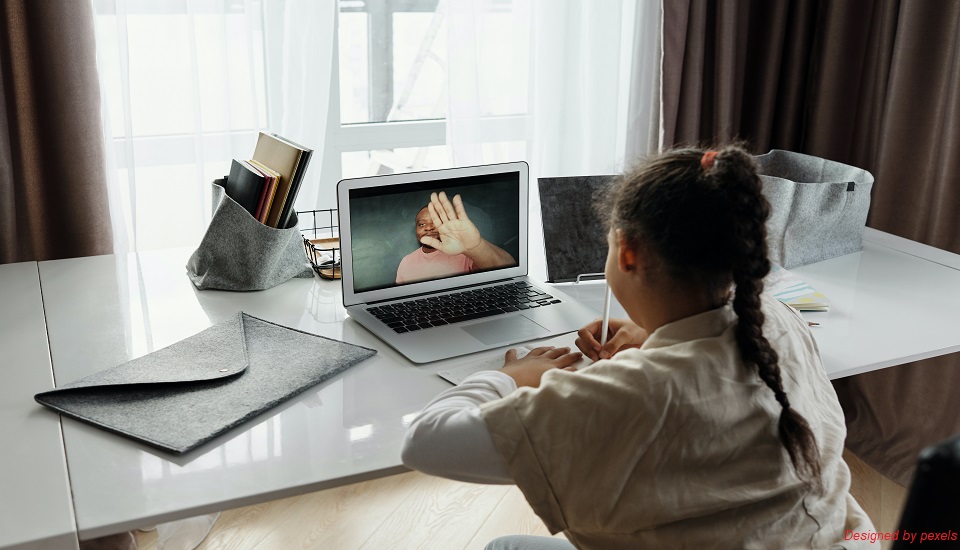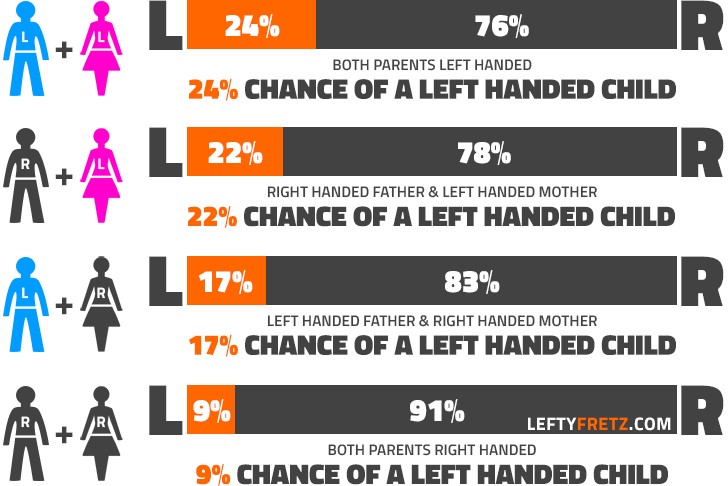Left Handed & Difficulty In Learning: Are They Connected?
9th January 2023

Parents are the ones who observe whether their children are preferring right or their left hand to do certain actions like holding objects. If they find out that their child is left-handed then they get worried. They tend to consult either their paediatrician or SEN (Special Education Needs) teacher that if their child does have a learning disability or not.
For a prolonged time, there’s a saying that if a child is left-handed then it’s a sign that they are having a learning disability. As soon as parents figured out that their child is left-handed, they instantly try to force their children to become right-handed.
According to an article on leftyfretz.com, even if both parents are right-handed, the chances of their child being left-handed is 9%.

According to many research children who were born left-handed because of reasons like hereditary issues, the mother being stressed during pregnancy and many other factors.
As a special ed teacher, you might even come across that nobody’s even noticed that a child is going through a learning disability, you can find out because you’ve mastered the topic of identifying children with learning disabilities. Thus, it comes with your job role to identify and help those children to become the best version of themselves even with any disability.
Note: In case you’re still wondering how you can help children with a learning disability as a teacher then we do suggest going through our online learning disabilities course for teachers, which will make you equipped with the knowledge to help those children.
Now, let’s get to know more about is being left-handed has anything to do about the learning disability of an individual.
Development of Hand Preference
Well, from a very young age, children show various signs of their hand preference for every action they take and the preference becomes second nature as they grow. There are several factors also which influence the hand dominance of children such as genetics or their surroundings and culture. In some cases, children who are going through learning disabilities like Autism, ADHD, and Dyslexia are found to be left-handed.
In addition, it’s also to be said that when some external factors interrupt the left-handed individual from shifting their preference to the right hand then it could lead to a learning disability.
However, there’s no conclusive evidence to prove that as further research is still going on, so take this with a pinch of salt.
Problems faced by Left-handed children with learning disabilities:
Here are some of the most common difficulties in reading by left handed children:
- Problems in joining single letters into words.
- Remembering the letters slowly.
- Not recognizing the letters in an inverted form like shaded, crossed out, etc.
- Confusion in similar letters like L-M, P-T-H, S-C, etc.
- Slow reading pace.
- Not comprehending what has been read (even though the reading method has been learned).
- In some cases, left-handed children do memorize individual letters without any difficulty.
How to Help Children with Learning Disabilities?
Identifying children with learning disabilities is not an easy job. However, as an SEN teacher, you might have learned how to identify if children are left-handed biased and have learning disabilities at the same time then your job is to encourage them and make their parents understand that.
“Children with special needs aren’t sent to special parents, they make parents special”.
Instead of changing who they are, we need to accept them as they are and encourage them to live their life better with whatever qualities they have. As an SEN teacher, you can apply these teaching methods to make life easier for children who have a learning disability:
i. Break lessons into parts:
Teaching the whole lessons as a whole will not help students with a learning disability to comprehend those. Try to break the lessons into the small part and keep it short and crisp with lots of real-life examples, so that they can fully understand what they are learning.
ii. Use of innovative teaching style:
Instead of teaching in the same orthodox manner using blackboard, try to teach through the visual learning method, bring different kinds of manipulatives for teaching, use the auditory teaching method, etc.
So that every category of the student feels engaged and takes participation actively in the class.
iii. Keep track of progress:
After teaching every lesson every day, make sure to have the revision on the very next day of your online class. You can ask questions related to that lessons in a friendly manner to see whether they are understanding the lessons or not.
iv. Make them included:
Lastly, every child loves to feel included. As an SEN Teacher, make sure you are not just focusing on their learning only, but on their social skills as well.
Organize some fun activities in your class such as introducing and know each other, so that they can find some ground with each other to become friends.
Final Thoughts
Society has moved forward technologically and thinking-wise as well. If you have found out that some children are left-handed then don’t try to force them to change their hand preferences, chances are because of your demand it could create a learning disability in them.
By chance, if a child is left-handed biased and has learning disabilities as well then, it’s the responsibility of the SEN Teachers and of parents as well to support them and help them to grow in every aspect of life.
In addition, if you’re still in dilemma on how you can become an SEN teacher then we would recommend our online learning disabilities course for teachers which will definitely help you to help children with special needs and will also help to identify children with learning disabilities.
Looking for earning a special education teaching certificate? If yes then give us a call at +6621055721 or WhatsApp us at: 1- 213 – 233 – 9490. You can send us an email on Email: act@asiancollegeofteachers.com / asiancollegeofteachers@gmail.com.
Written By : Laura Taylor

